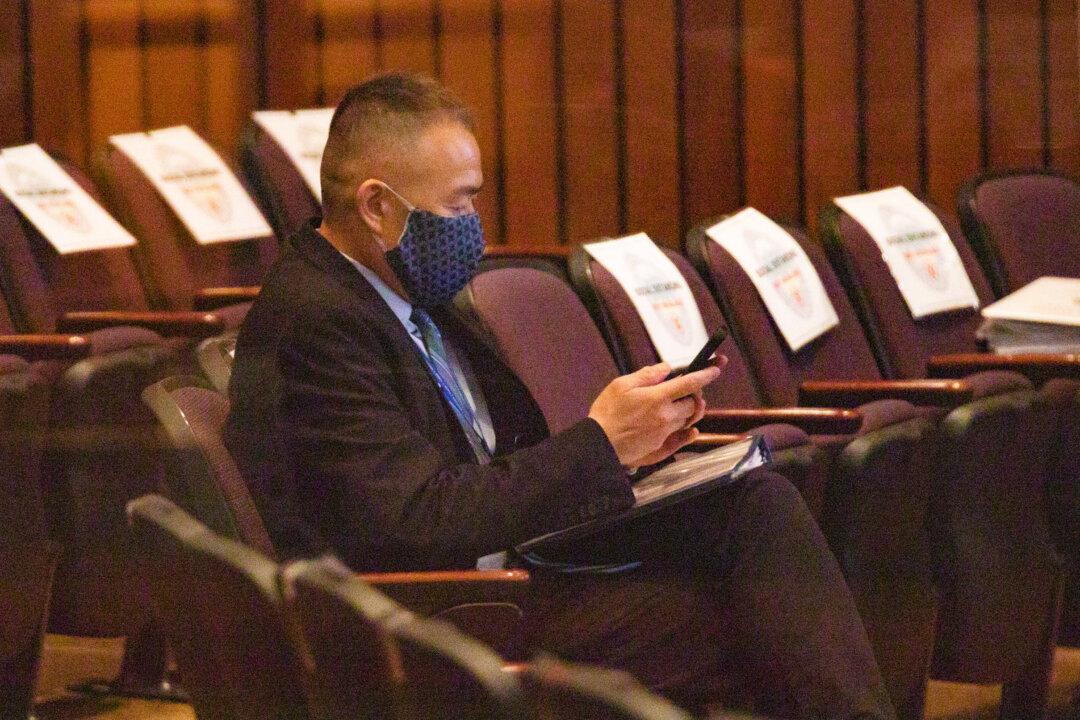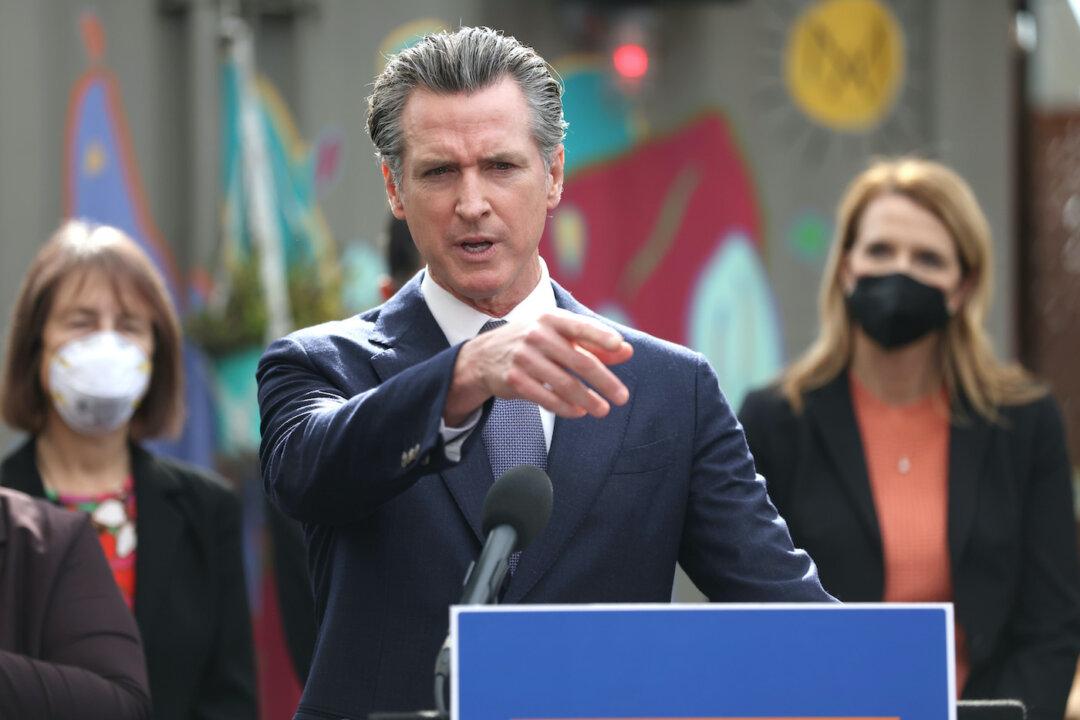Orange County Health Care Agency (OCHCA) Director Dr. Clayton Chau said the county’s health equity metric should be measured by more than just COVID-19 case rates, as it prepares to present its data to the state of California in the hope of elevating to the next, less restrictive tier on the state’s monitoring list.
Chau, who is also the county health officer, said Orange County officials have been creating a plan to address the issue ever since California started to release health equity data for each county on Oct. 6—but that the county can’t do it without help.





